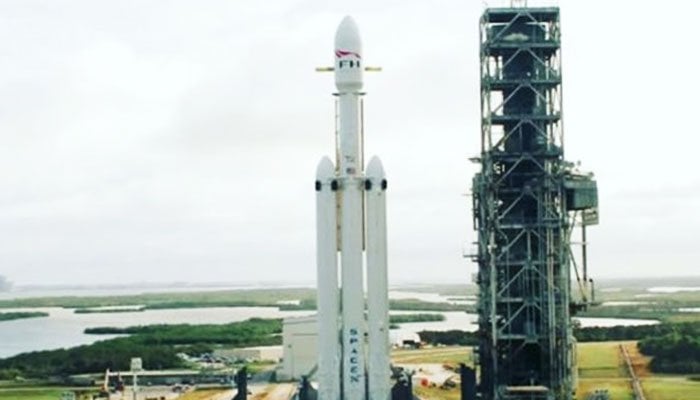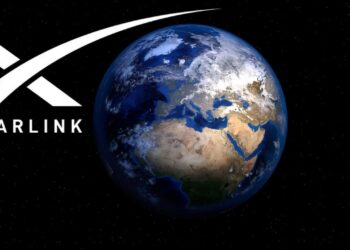MIAMI: SpaceX is poised for the first test launch Tuesday of its Falcon Heavy, which aims to become the world’s most powerful rocket, capable of ferrying people to the Moon or Mars some day.
No people are on board, just a mannequin wearing a futuristic spacesuit, strapped into CEO Elon Musk’s very own cherry red Tesla car.
“Starman in a Red Roadster,” Musk posted on Instagram Monday, showing the rocket’s payload on a pedestal, aiming skyward.
The blast-off is scheduled for 1830 GMT from Cape Canaveral, Florida.
The destination is deep space, into an orbit about the same distance from the Sun as Mars — but not all that close to the Red Planet itself.
Musk has cautioned that the maiden launch of the Falcon Heavy may indeed fail.
“Will be in deep space for a billion years or so if it doesn´t blow up on ascent,” Musk, said on Twitter in December.
But the test launch could be a game-changer for SpaceX – already a top cargo supplier to the International Space Station under a $1.6 billion contract with NASA – as it seeks to gain a bigger piece of the commercial space market.
The launch is also a milestone in US-based efforts to send astronauts to space, a capacity lost when the US space shuttle program was retired in 2011.
Since then, the world’s astronauts have relied on Russian Soyuz rockets for transport to the International Space Station.
Most powerful in operation
“Falcon Heavy was designed from the outset to carry humans into space and restores the possibility of flying missions with a crew to the Moon or Mars,” SpaceX said in a statement.
“When Falcon Heavy lifts off, it will be the most powerful operational rocket in the world by a factor of two,” it added.
“Falcon Heavy can lift more than twice the payload of the next closest operational vehicle, the Delta IV Heavy, at one-third the cost.”
The Delta IV Heavy costs about $350 million per launch, according to United Launch Alliance.
The Falcon Heavy is essentially three Falcon 9 rockets in one, with a total of 27 Merlin engines.
These engines “together generate more than five million pounds of thrust at liftoff, equal to approximately eighteen 747 aircraft,” said SpaceX.
The rocket is designed to carry nearly 141,000 pounds into orbit, more than the mass of a fully loaded 737 jetliner.
Previous rockets that are no longer in commission have been more powerful than the Falcon Heavy – including the Saturn V moon rocket, last flown in 1973, which delivered more payload to orbit.
Launch timeline for Falcon Heavy’s maiden flight
The 229-foot-tall (70-meter) rocket is poised for launch from pad 39A at NASA’s Kennedy Space Center in Florida between 1:30 p.m. EST (1830 GMT) at 4 p.m. EST (2100 gMT) Tuesday during a 150-minute launch window.
SpaceX will attempt to place a test payload — Elon Musk’s road-worn Tesla sports car — on an Earth escape trajectory into heliocentric orbit around the sun.
Read our Mission Status Center for live coverage of the countdown and launch.

Elon Musk tweeted a graphic Tuesday illustrating the various launch and descent maneuvers planned on today’s Falcon Heavy demo flight, including recovery attempts for the three first stage boosters and payload fairing.

















